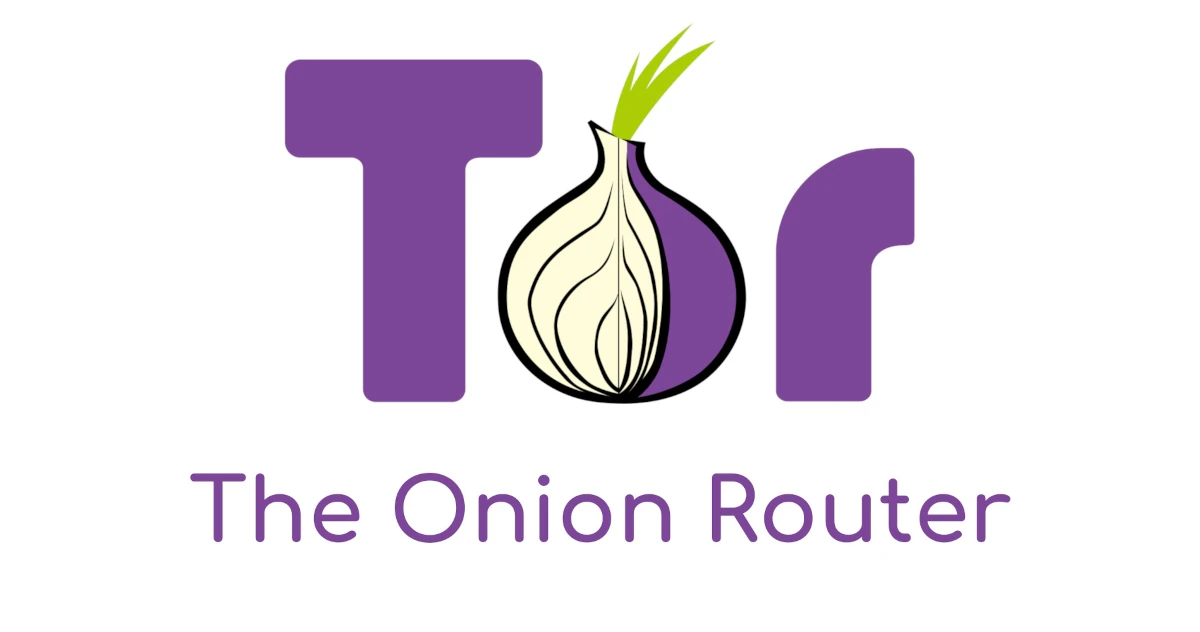
The Onion Router (TOR) is a free, open-source software designed for enabling online anonymity. It achieves this by directing Internet traffic through a free, worldwide, volunteer network of more than seven thousand relays to conceal a user’s location or usage from anyone conducting network surveillance or traffic analysis.
How Does TOR Work?
- Onion Routing: At the heart of TOR’s design is a concept called ‘onion routing’. This involves wrapping data in layers of encryption, akin to layers of an onion. As the data packet passes through each relay in the TOR network, a layer is “peeled away”. By the time the data reaches its final destination (the exit relay), all layers of encryption have been removed, and the original data is forwarded to its intended destination.
- Circuit Establishment: Before data is transmitted, the TOR client software establishes a path through at least three random relays in the network: an entry node, a middle node, and an exit node. The connection between the user and the entry node is encrypted in such a way that no single node knows both the original source and final destination of the data.
Why Use TOR?
- Privacy: In an age where companies and governments routinely monitor internet traffic, TOR offers a way for individuals to browse the web anonymously.
- Censorship Resistance: TOR can be used to bypass internet filters and access blocked content. Journalists and activists in repressive regimes frequently use TOR to communicate safely and access information.
- Sensitive Tasks: Whistleblowers, political activists, and even law enforcement sometimes use TOR to conduct sensitive tasks or investigations without revealing their IP addresses or compromising their missions.
Limitations and Risks
- Speed: Since TOR traffic is routed through at least three different servers located worldwide, it’s slower than typical direct connections.
- Exit Nodes: The exit nodes (the last relay before the data reaches its final destination) can be a vulnerability. An unscrupulous party operating an exit node can potentially spy on the data if it’s not encrypted with HTTPS or another encryption method.
- Potential Monitoring: While TOR provides a high degree of anonymity, it’s not 100% foolproof. Powerful adversaries might, through sophisticated techniques, de-anonymize a TOR user.
- Illegal Activities: The TOR network, unfortunately, has been associated with illicit activities. The dark web, a part of the deep web not indexed by traditional search engines and accessible only through special software like TOR, is notorious for hosting illegal marketplaces and other shady operations. This association has led some to mistakenly view TOR as inherently nefarious, although the tool itself is neutral and has many legitimate uses.
How to Start with TOR?
- TOR Browser: The easiest way to use the TOR network is by downloading the TOR Browser, a modified version of Firefox designed to protect anonymity. This browser automatically routes all web traffic through the TOR network.
- TOR with VPN: Combining TOR with a Virtual Private Network (VPN) can provide an added layer of security and privacy. By using a VPN, one’s ISP can’t see that they’re accessing the TOR network, and the entry node won’t see the user’s real IP address.
Conclusion
The TOR network represents a vital tool in the arsenal for online privacy and freedom. While it’s not without its drawbacks, for many, the benefits of anonymity, privacy, and the ability to circumvent censorship far outweigh the downsides. As always, users should be aware of potential risks and adopt complementary measures to ensure their safety and privacy when online.



